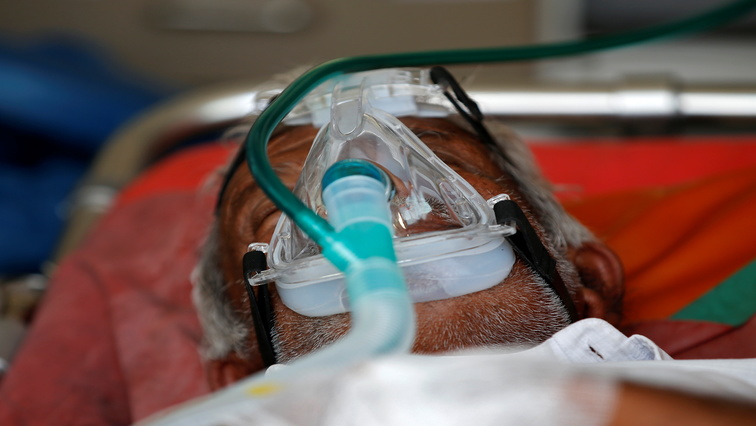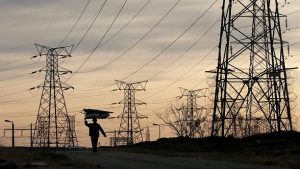Load shedding could potentially prove fatal for patients who are on oxygen in their homes.
With the COVID-19 pandemic and hospitals under pressure, many patients have opted for home care. However with load shedding seemingly part of life now, concerns are growing. Most of the patients don’t have a backup power supply to run their oxygen machines during outages.
As power utility Eskom battles to keep the lights on, load shedding has again become a way of life in South Africa. With the third wave of COVID-19 infections sweeping across the country, health professionals are worried about high-risk patients being treated at home.
Pulmonologist and Professor, Guy Richards, says it’s vital for those with low oxygen levels to ensure that their machines stay powered to prevent their condition from worsening or even death.
“If a patient has COVID-19 and has very low oxygen levels and they suddenly have their oxygen withdrawn, they could die. And now as far as the patients with emphysema are concerned, those patients we recommend that they use oxygen for more than 15 hours per day. So there are periods in time in which they can manage without oxygen without necessary detrimental effects, but some patients have what we call air hunger which means that they are extremely short of breath if their oxygen is removed. Those patients are the ones most likely to suffer and could have serious outcomes like death or heart arrhythmia or something like that,” says Richards.
Professor Richards says most patients diagnosed with emphysema have to be on oxygen for 15 hours a day. He says power outages pose a serious risk to them.
“Now these machines extract, they take air in and they extract the nitrogen from that air and that leaves you with pure oxygen and they are called oxygen extractors, they are not cylinders. Now, most people who have oxygen extractors also have cylinders as a backup in case there is an electricity failure. Now if the electricity failure lasts more than a couple of hours then that person is definitely going to be in trouble,” says Richard.
Power outages affect emphysema patient
Santosh Singh, who lives with his ill aunt, shares their challenges. She suffers from emphysema. He says power outages are extremely difficult to deal with.
“So I think it’s really hard currently because I have a family member that I live with and she is on oxygen and she needs to be on oxygen for minimum of 12 hours a day. So every 12 hours basically and it needs to be connected to electricity all the time,” says Singh.
He says the family fears that load shedding could have a detrimental effect on his aunt’s wellbeing, as they can’t afford a rechargeable oxygen machine.
“The problem comes in if load shedding happens to be where in that 2 hours she is supposed to be on oxygen and she can’t be on oxygen. The risk of that is I don’t know if I can actually make it to the hospital on time or what to do in that situation if that point is a vital time for her oxygen and that machine to be operating. And currently, we don’t have the funds to invest in a rechargeable machine as those machines are very expensive,” says Singh.
With winter in full swing, Eskom says it cannot rule out the possibility of further power disruptions. This follows a breakdown of generation units at the Majuba and Arnot power stations. Eskom Spokesperson Sikhonathi Mantshantsha says the system remains vulnerable and the utility has already used up much of its reserves.
“Breakdowns currently total 13 600 megawatts while another 1300 is out on planned maintenance. Our teams are working hard to return these generation units back to service as soon as possible. As well as to replenish the emergency reserves. We would like to appeal to the public to reduce the usage of electricity in order to assist the country get through these constraints as soon as possible,” says Mantshantsha.
Stage 2 load shedding until Friday 10pm: Sikonathi Mantshantsha






